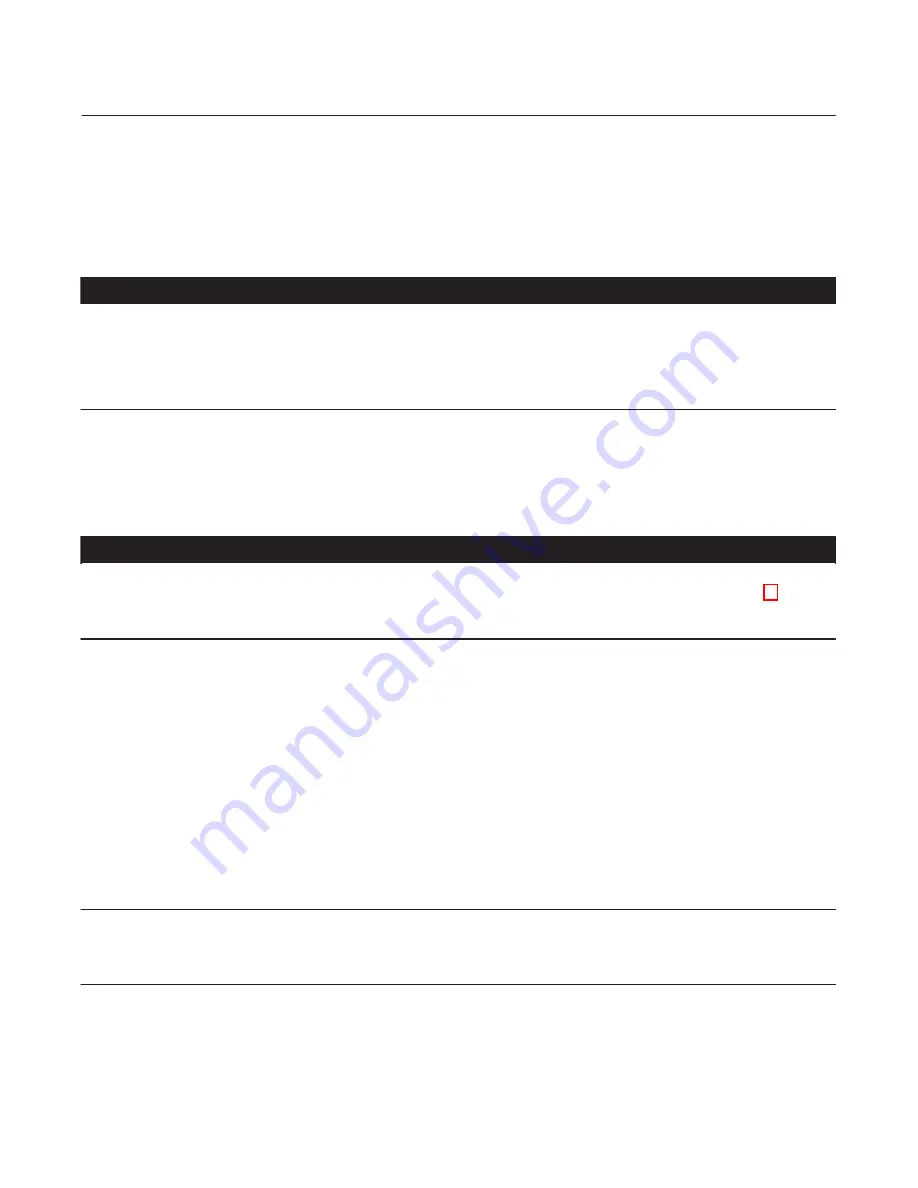
Instruction Manual
D103302X012
A81 Valve
January 2011
5
the measurements that must be made during the actuator adjustment process. Refer to the Actuator Mounting
section on page 18 of this manual and to the separate actuator instruction manual for mounting and adjusting
instructions before proceeding.
4. Inspect adjacent pipelines to be certain they are free of any foreign material, such as pipe scale or welding slag, that
could damage the valve body seating surfaces.
CAUTION
Damage to the disk (key 3) will occur if any pipe flanges or piping connected to the valve body interfere with the disk
rotation path. However, the disk can be rotated without interference when the valve body is installed between adjacent
pipe flanges or piping that has an inside diameter equal to or greater than either schedule 80 pipe or compatible EN pipe
sizes. If piping with a smaller inner diameter than specified above is connected to the valve, measure carefully to be certain
the disk rotates without interference before putting the valve into operation.
5. Flow is in the standard direction when the seal retainer (key 2) is facing upstream. Standard flow direction is also
indicated by the flow direction arrow cast into the valve body. Flow in the reverse direction is permissible within
allowable pressure drop limits.
CAUTION
A81 disk rotation is counterclockwise to open (when viewed from the actuator side of the valve body, see figure 7) through
90 degrees of disk rotation. Rotating the disk (key 3) past either the open or closed position could damage the seal and disk
sealing surfaces and could cause the disk to jam in the seal retainer.
6. With the disk in the closed position, install line flange gaskets, and insert the valve between the pipeline flanges.
Use either flat sheet gaskets or spiral‐wound gaskets with compression‐controlling centering rings. Spiral‐wound
gaskets without compression‐controlling centering rings are not recommended for this purpose.
7. Depending on valve size and pressure rating, the wafer style valve is centered in the pipeline using either retainer
clips or the flange bolt holes. (For valves that have four flange bolt holes in the valve body (key 1), each hole
engages one corresponding line flange stud.) Insert the valve between the flanges and use either the retainer clips
or install two or more line flange studs into the line flanges to help hold the valve in position while centering the
valve. Carefully center the valve on the flanges to ensure disk clearance.
D
Select and install two pipeline gaskets.
Note
Lubricate line flange studs before inserting them into flanges. If necessary, provide additional support for the control valve
assembly because of its combined weight.
8. After centering the valve body, first lubricate and then install the remaining line flange bolting to secure the valve in
the pipeline. Tighten the nuts to the line flange studs in a crisscross pattern to ensure proper alignment of valve,
gaskets, and flanges.




















